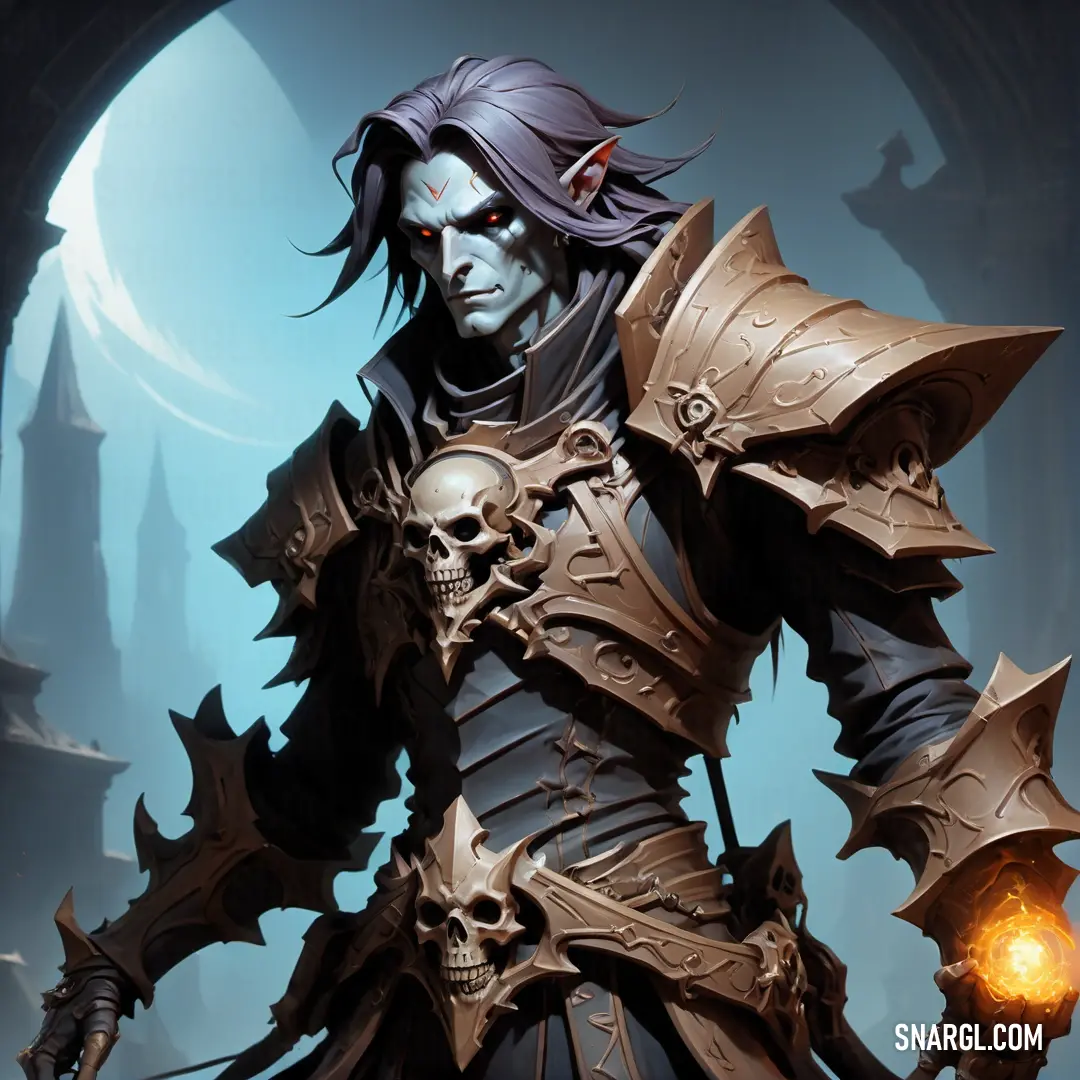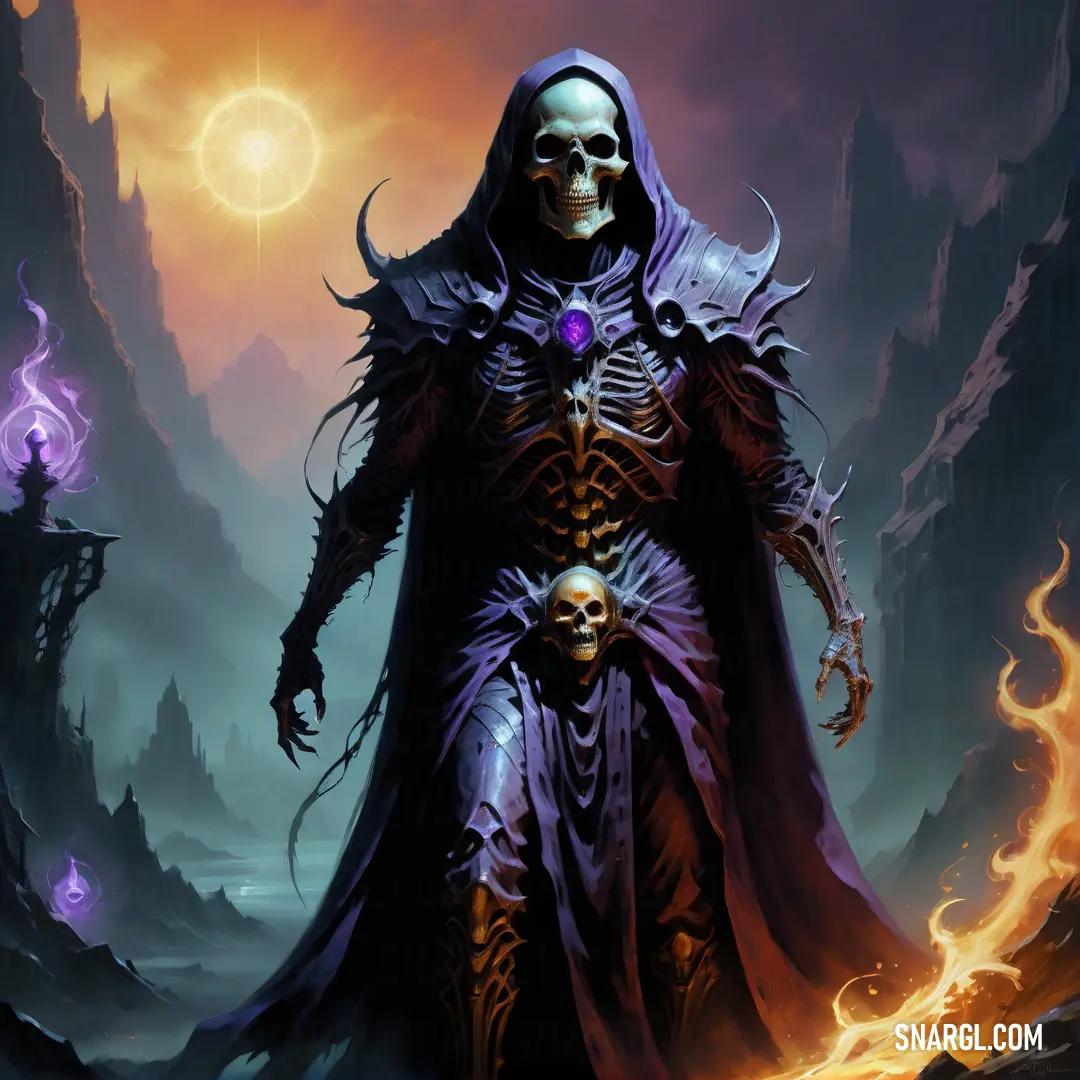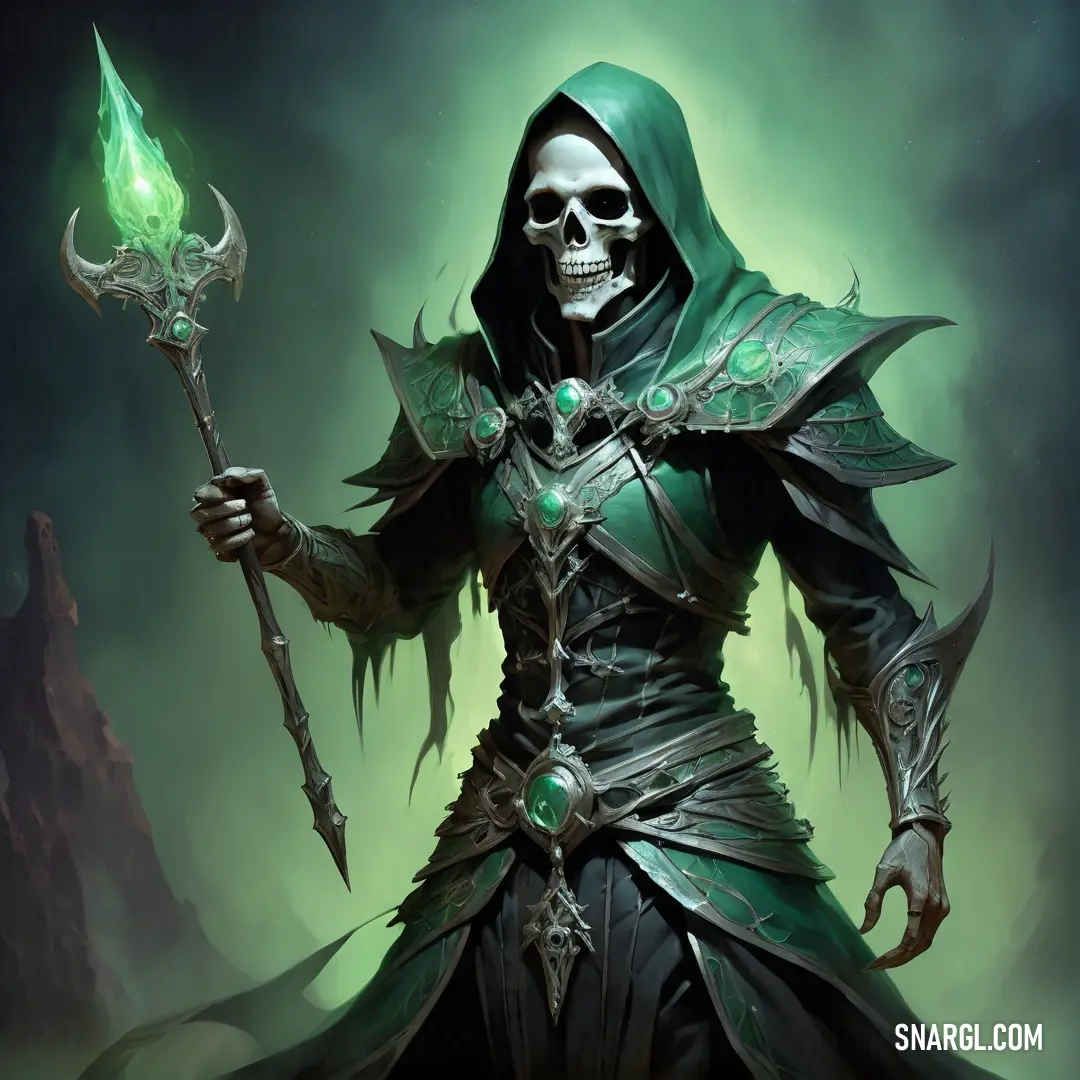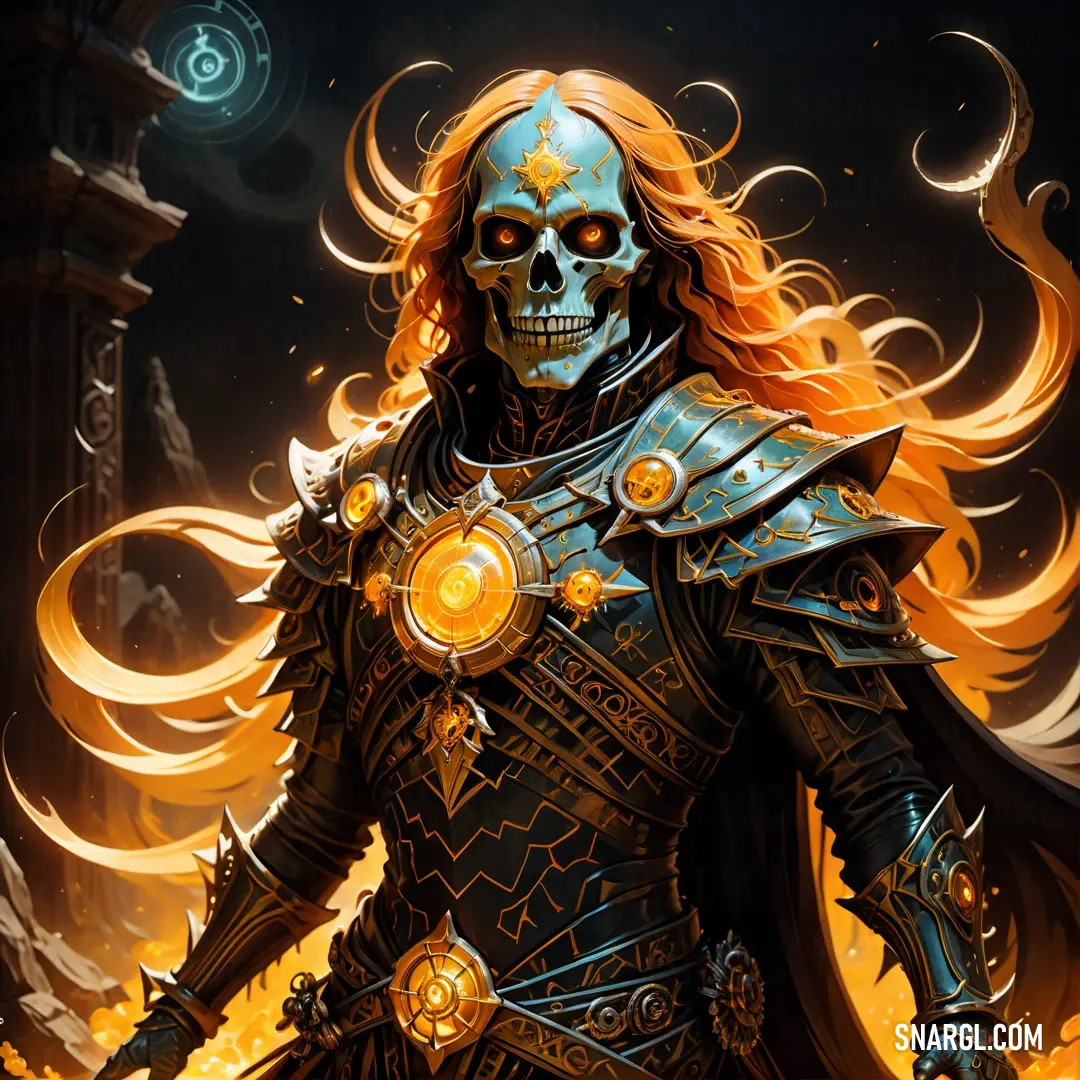
Necromancer
Who is a Necromancer?
A necromancer is a person who practices necromancy, which is the art of communicating with the dead or raising them from their graves.
Necromancers are often depicted as dark and sinister characters who use their powers for evil purposes, such as creating undead armies, cursing their enemies, or seeking forbidden knowledge.
However, not all necromancers are evil.
Some may use their abilities for good, such as helping the spirits of the departed find peace, solving crimes, or healing wounds.
Necromancers are common in fantasy novels, where they may be heroes, villains, or anti-heroes.
Some good examples of famous necromancers in fantasy literature are Sabriel from the Old Kingdom series by Garth Nix, Jonathan Strange from Jonathan Strange & Mr Norrell by Susanna Clarke, and Harry Dresden from The Dresden Files by Jim Butcher.
Necromancers are also popular in fantasy games, such as Diablo, World of Warcraft, and Skyrim.
Necromancers are fascinating and complex characters who explore the mysteries of life and death.
They can be terrifying or sympathetic, depending on how they use their powers and what motivates them.
Necromancers are one of the most intriguing types of fantasy creatures.
What does a Necromancer look like?
Some possible features of a necromancer are:
Necromancers wear dark or black clothing, robes, or cloaks to symbolize their connection to death and the underworld.
They may also have symbols or accessories related to death, such as skulls, bones, or scythes.Necromancers have pale or gray skin, sunken eyes, or other signs of decay or illness, as a result of their exposure to the dead or their own life force being drained by their magic.
They may have scars, tattoos, or markings that indicate their affiliation or allegiance to a certain group or entity.Necromancers may have a staff, wand, book, or other object that serves as a focus or conduit for their magic.
They also have a familiar, such as a raven, a cat, or a rat, that assists them in their spells or acts as a messenger or spy.Necromancers have a collection of corpses, skeletons, or zombies that they use as servants, guards, or weapons.
They may also have a laboratory, a graveyard, or a crypt where they conduct their experiments or rituals.
Example of the color palette for the image of Necromancer

See these colors in NCS, PANTONE, RAL palettes...
Example of the color palette for the image of Necromancer

See these colors in NCS, PANTONE, RAL palettes...
Who is the most famous Necromancer?
The term "necromancer" can refer to historical figures or fictional characters.
Historically, Roman emperors like Drusco, Nerón, and Caracalla are noted to have practiced necromancy.
In fiction, perhaps the most famous necromancer is Xul from the Diablo video game series, who fought against the Prime Evils and journeyed through various realms including Hell.
Necromancy is often depicted in various forms of media, reflecting humanity's long-standing fascination with death and the afterlife.
Example of the color palette for the image of Necromancer

See these colors in NCS, PANTONE, RAL palettes...
What does Necromancer stand for?
Example of the color palette for the image of Necromancer

See these colors in NCS, PANTONE, RAL palettes...
What do you call a female Necromancer?
Example of the color palette for the image of Necromancer

See these colors in NCS, PANTONE, RAL palettes...
























 Battleship Grey
Battleship Grey Rifle green
Rifle green Smoky black
Smoky black Rose taupe
Rose taupe Laurel green
Laurel green Dark jungle green
Dark jungle green Persian plum
Persian plum Bronze
Bronze Outer Space
Outer Space Golden brown
Golden brown



 Navajo white
Navajo white Taupe gray
Taupe gray Carrot orange
Carrot orange Arsenic
Arsenic




 Black
Black Medium jungle green
Medium jungle green Dark slate gray
Dark slate gray Old lavender
Old lavender Cadet blue
Cadet blue




 Viridian
Viridian Moonstone blue
Moonstone blue Pastel blue
Pastel blue Onyx
Onyx




